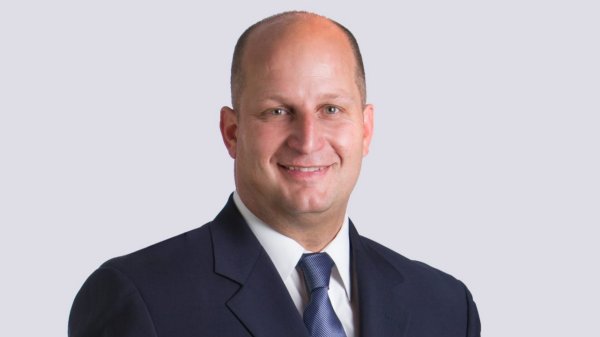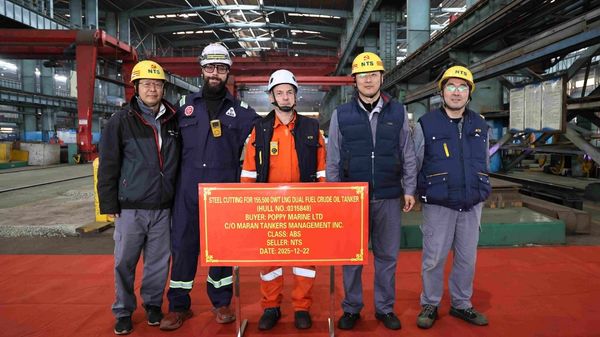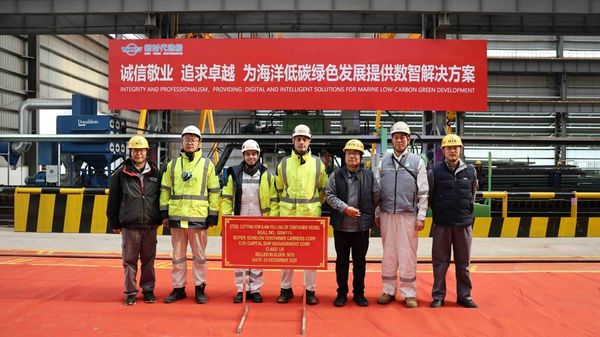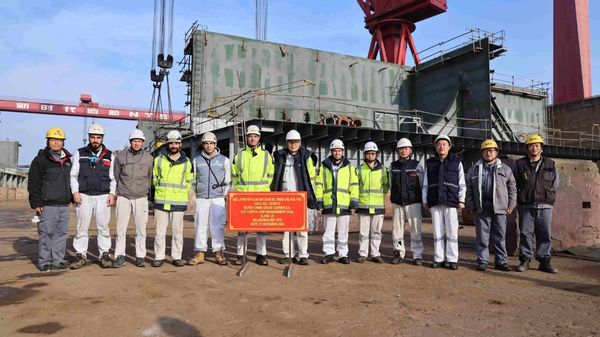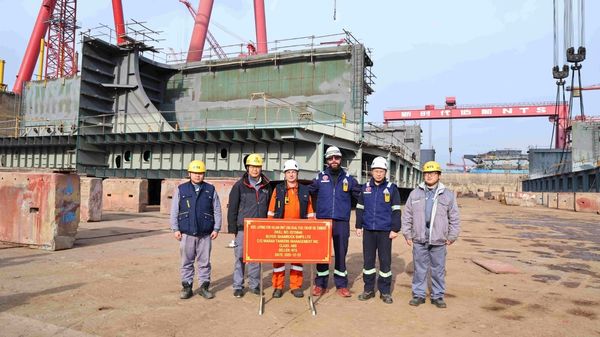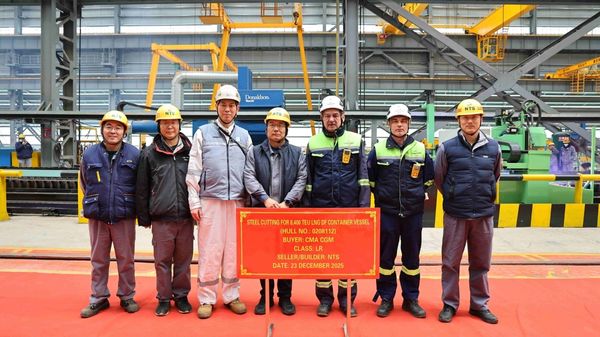International accountant and shipping consultant
Moore Stephens says total annual operating costs in the shipping industry fell by an average 1.8 percent in 2012. This compares with the 2.1 percent average rise in costs recorded for the previous year. There was a significant reduction in costs across all categories and, according to the research, it was clear that ship owners had been focusing on managing costs and conserving cash in 2012.
The findings are set out in OpCost 2013, Moore Stephens’ unique ship operating costs benchmarking tool, which reveals that total operating costs for the three main tonnage sectors covered – bulkers, tankers and container ships – were all down in 2012, the financial year covered by the survey. The bulker index was down by 7 points, or 3.9 percent, on a year-on-year basis, while the tanker index fell by 5 points, or 3.0 percent. The container ship index was meanwhile down by 3 index points, or 1.8 percent. The corresponding figures in last year’s OpCost report showed 3-point increases in both the bulker and tanker indices, and a 5-point increase in the container ship index.
There was a 0.2 percent overall average fall in 2012 crew costs compared to the 2011 figure. (By way of comparison, the 2008 report revealed a 21 percent increase in this category.) Tankers overall experienced a fall in crew costs of 2.3 percent on average, compared to the 2.2 percent increase recorded in OpCost 2012. Within the tanker sector, Aframaxes reported an overall fall of 5.2 percent in crew costs, while for operators of Suezmaxes and product tankers the reductions were 4.0 percent and 3.8 percent respectively. The only tanker categories to show significant increases in crew costs were 3,000-8,000 cbm LPG carriers and Panamax tankers, where such costs were up by 5.2 percent and 2.8 percent respectively.
For bulkers, meanwhile, the overall average fall in crew costs was 0.5 percent, compared to a 2.8 percent increase the previous year. The operators of Panamax bulkers paid 3.7 percent less than in 2011. Handysize bulkers and those in the 10,000-20,000 dwt range, meanwhile, each experienced crew cost reductions of 4.8 percent. For container ships, the reduced spend on crew averaged 1.0 percent (as opposed to a 3.4 percent increase in 2011), although operators of reefer tonnage did pay 3.7 percent more than in the previous year.
For repairs and maintenance, there was an overall fall in costs of 1.9 percent, compared to the 1.1 percent increase recorded for 2011. The only categories of tonnage to show a significant increase here were dry cargo ships of 25,000 dwt and above (5.0 percent) and 70,000-85,000 cbm LPG carriers (3.2 percent). The overall fall in repairs and maintenance costs for the bulker sector averaged out at 4.6 percent, for the tanker sector it was 2.9 percent, and for container ships it was 2.0 percent.
Expenditure on stores was down this time by 2.1 percent overall, having risen by 2.7 percent in OpCost 2012. The biggest fall in such costs was the 7.7 percent recorded by bulk carriers in the 10,000-20,000 dwt range. For bulk carriers overall, stores costs fell by an average of 4.5 percent, while in the tanker and container ship sectors the overall reductions in costs were 2.9 percent and 1.4 percent respectively. The most significant increases in stores expenditure was recorded by the operators of 40,000-50,000 dwt chemical tankers (4.5 percent).
The biggest overall drop in operating costs was the 6.2 percent recorded in respect of insurance. Only RoRos (5.1 percent), LPG carriers of between 70,000 and 85,000 cbm (3.0 percent) and very large container ships (1.4 percent) actually spent more on insurance in 2012 than in 2011. Reefer operators actually spent 16.4 percent less, but it was the bulker sector which recorded the biggest reduction in terms of its overall payments to underwriters, averaging out across all tonnage sizes at 8.9 percent, compared to 7.0 percent for tankers.
Moore Stephens partner Richard Greiner says: “There is a lot of ‘red ink’ in costs, which actually translates into ‘black ink’ in the bottom line for owners. Significantly, 2012 recorded a year-on-year reduction in operating costs, only the second time this has occurred since OpCost was launched.
“It is no coincidence that, during the operating period covered by OpCost 2013, confidence levels in the shipping industry dropped to their lowest point in the past five years, according to the Moore Stephens Shipping Confidence Survey. So it is unsurprising to find that expenditure declined. The industry generally was under extreme pressure during an extended global economic downturn, and attending to items of manageable cost control was an imperative at a time when revenues were declining.
“That said, however, the 6.2 percent overall fall in insurance costs across all tonnage types is something of a surprise, given the repeated warnings issued by hull underwriters of the dangers of pitching rates too low. It is perhaps simply the case that declining vessel values are being reflected in declining premium costs.
“The fall in operating costs recorded in OpCost 2013 is good news for owners and operators. So, too, is the fact that the global economic outlook is starting to look brighter. But any optimism should be tempered with caution. Foreseeable – if not entirely quantifiable – costs, not least those related to regulatory compliance, have the potential to make a large hole in the industry’s cashflow over the coming year. So a mix of optimism, forward planning, and ongoing risk management would seem to be a good recipe for the future.”



